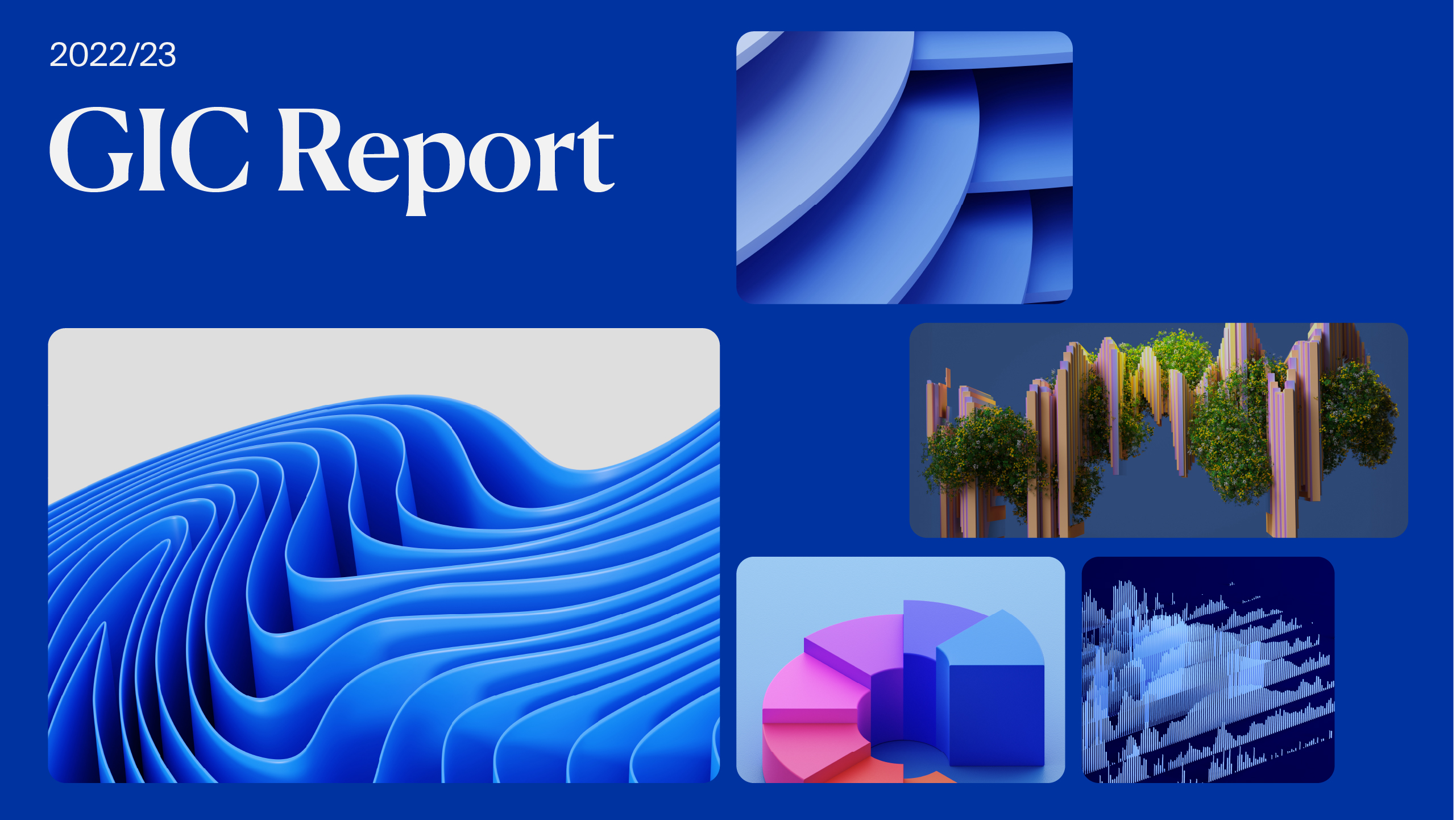28 Jan 2011
Long-term investing is likely to decline in the coming years due to three reasons:
i) More volatile markets
ii) Tendency towards short-term focus by companies and managements
iii) Need for liquidity by traditional long-term investors
At the same time, demand for long term funds will increase dramatically.
As background to our discussion, I would like to share some thoughts on the post-crisis investment landscape. While we cannot be certain, I suspect that the landscape would be characterized by more volatile markets.
Why more volatile markets? In the wake of the global financial crisis, economic, political, and market risks have increased. Notwithstanding the current recovery, risks remain high – the yet structurally unresolved Eurozone debt crisis is one key example. Growing imbalances like potential asset price bubbles in Asia and sovereign debt sustainability in key major developed economies like the US are other risks.
Regulatory and accounting changes in the last decade which resulted in the proliferation of mark-to-market rules may have inadvertently forced financial companies to become more short-term oriented and made them more vulnerable to market volatility. In a similar manner, financial sector compensation policies may have also reinforced such incentives. Investors have thus become increasingly concerned with short term price fluctuations and investment behaviour is generally more pro-cyclical.
In 2008 and 2009, investors ran into difficulties because they were unable to liquidate assets like Real Estate or get out of Private Equity commitments. Investors’ re-balanced their portfolios towards more liquid assets and are likely to move quickly to reduce exposure to risk assets in periods of uncertainty.
The great financial crisis may have lessened the appetite for taking illiquidity risks by some investors like insurance companies and endowments. For example, having experienced the crash, some investors have reduced their exposure to private equity and real estate. Other investors, ironically, may be tempted to increase their exposure to riskier assets in order to meet high return expectations: these investors, however, having been burnt badly several times in the last decade, are also likely to be more short-term in their allocation of capital.
The rise of emerging economies and their attendant infrastructure and investment needs will create significant new demand for long term capital. Global investment demand, driven primarily by emerging markets, could increase for several decades to come. According to a study by McKinsey, if consensus forecasts for global growth are realised, global investment will amount to $24 trillion in 2030, compared with $11 trillion today. The Asian Development Bank arrived at the same conclusion. Developing Asia would require $8 trillion for infrastructure projects through 2020. As large infrastructure needs increase the demand for long-term capital, long-term interest rates may increase due to the widening gap between demand and supply for capital. This may reverse the low interest rate environment that the world has enjoyed for the last few decades.
Under these circumstances, I would like to encourage policy makers to consider the broader impact of their regulatory solutions and avoid blanket regulations that would deter long-term investors. For instance, excessively rigid mark-to-market accounting rules and risk capital requirements may unintentionally constrain long-term investors by preventing them from riding out short-term price fluctuations.
In particular, I would like to emphasise the importance of keeping global capital markets open. Many countries are legitimately wary about the nature and extent of capital inflows and outflows from their economies. Volatile hot money inflows, if not properly managed, may cause overheating and asset bubbles. The experience of the Asian financial crisis in the late 1990s also showed the potential for long-lasting economic damage and instability from unfettered capital flows. However, it is important that capital recipient countries design their capital controls in a way that clearly distinguishes between short-term money and long-term capital.Capital controls should not inadvertently discourage long-term capital investments in illiquid long-term assets in recipient countries. Such long-term capital is crucial for stable and sustained economic growth. If governments closed their capital markets to long-term investors, recipient countries will face higher capital costs while investors will see their opportunity set shrink.





